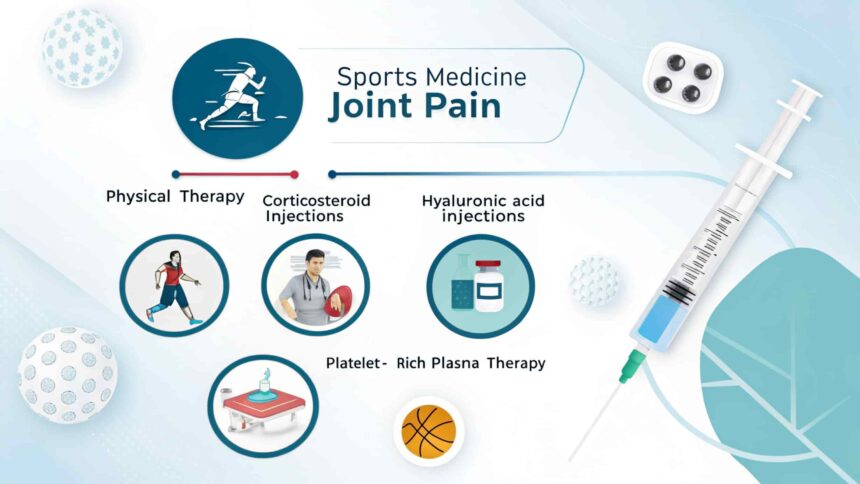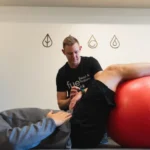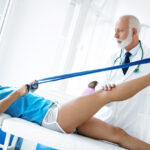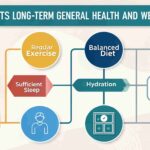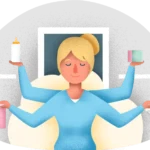Introduction
Joint pain is a common complaint among athletes and physically active individuals. It may result from overuse, injury, inflammation, or wear and tear. Sports medicine offers a range of effective treatments to manage joint pain, restore mobility, and improve quality of life. These treatments are tailored to the cause and severity of pain, and they often combine multiple approaches — from physical therapy to regenerative medicine. In this article, we’ll explore the most effective joint pain treatments used in sports medicine today.
Common Causes of Joint Pain in Athletes
Understanding the cause of joint pain helps direct treatment. Common reasons include:
- Ligament sprains (e.g., ACL or MCL)
- Tendinitis
- Cartilage damage (meniscus or labrum tears)
- Bursitis
- Arthritis (early onset due to high-impact sports)
- Dislocations or subluxations
Knees, shoulders, elbows, and ankles are particularly vulnerable to joint pain in sports.
Physical Therapy and Movement Correction
Physical therapy is the cornerstone of joint pain treatment. It helps by:
- Strengthening muscles around the joint
- Correcting movement patterns
- Improving flexibility
- Reducing joint stress
Therapists use modalities like resistance training, stretching, and proprioception drills. Functional exercises ensure athletes return to activity without re-injury.
Manual Therapy Techniques
Hands-on methods improve joint mobility and reduce stiffness. These include:
- Joint mobilization
- Myofascial release
- Soft tissue massage
- Trigger point therapy
Manual therapy is often combined with exercise for better results.
Use of Anti-Inflammatory Medications
Sports medicine professionals may recommend:
- NSAIDs like ibuprofen or naproxen
- Topical gels for localized relief
- Steroid injections in severe inflammation
These medications reduce swelling, ease pain, and improve movement temporarily while other treatments take effect.
Corticosteroid Injections
Steroid injections provide fast pain relief by reducing inflammation inside the joint. These are especially helpful in:
- Shoulder bursitis
- Knee arthritis
- Tendinitis flare-ups
However, they are used cautiously, as repeated use can weaken tissues or mask worsening conditions.
Regenerative Medicine Therapies
Newer approaches in sports medicine focus on healing the tissue, not just relieving pain. These include:
- Platelet-Rich Plasma (PRP) Injections
PRP uses the patient’s own blood to stimulate healing in tendons, ligaments, and cartilage. - Stem Cell Therapy
Stem cells can help regenerate damaged tissues, especially in early arthritis or cartilage injuries.
These therapies are popular among elite athletes for their ability to accelerate recovery naturally.
Joint Bracing and Support
Braces or taping techniques are used to stabilize joints during healing. This is common for:
- ACL injuries
- Ankle sprains
- Elbow hyperextension
Proper bracing allows movement while protecting the joint.
Ultrasound and Electrical Therapy
Non-invasive tools are widely used in clinics:
- Ultrasound therapy reduces inflammation and improves blood flow
- TENS units (electrical stimulation) block pain signals and relax muscles
These are often combined with physical therapy for comprehensive care.
Weight Management and Joint Load
Extra body weight can increase joint stress. Sports medicine experts guide athletes on:
- Weight reduction (if needed)
- Nutrition plans to reduce inflammation
- Cross-training to avoid overloading one joint
Lowering joint load improves pain and performance long term.
Surgical Options (When Necessary)
In severe cases, surgery might be the only solution:
- Arthroscopy for cartilage repair or removal
- Ligament reconstruction
- Joint replacement (rare in younger athletes)
Surgery is followed by extensive rehabilitation for full joint recovery.
Conclusion
Sports medicine offers a wide range of effective treatments for joint pain, from simple exercises to cutting-edge regenerative therapies. By combining clinical expertise with customized care, sports medicine ensures that athletes can recover safely and return to peak performance with healthy, pain-free joints.


